Located in the state of Saxony, 30 kilometers from the border with the Czech Republic, the city of Dresden is surrounded by some of the most beautiful landscapes that Germany can boast of, 60% of its surface being covered by forests and green spaces.

During the Second World War it suffered significant destruction, but today it boasts a vibrant cultural life, with many of the tourist attractions restored to their former glory. Its historic buildings have been reconstructed based on images and photographs, even using pieces from the ruins of the original constructions.
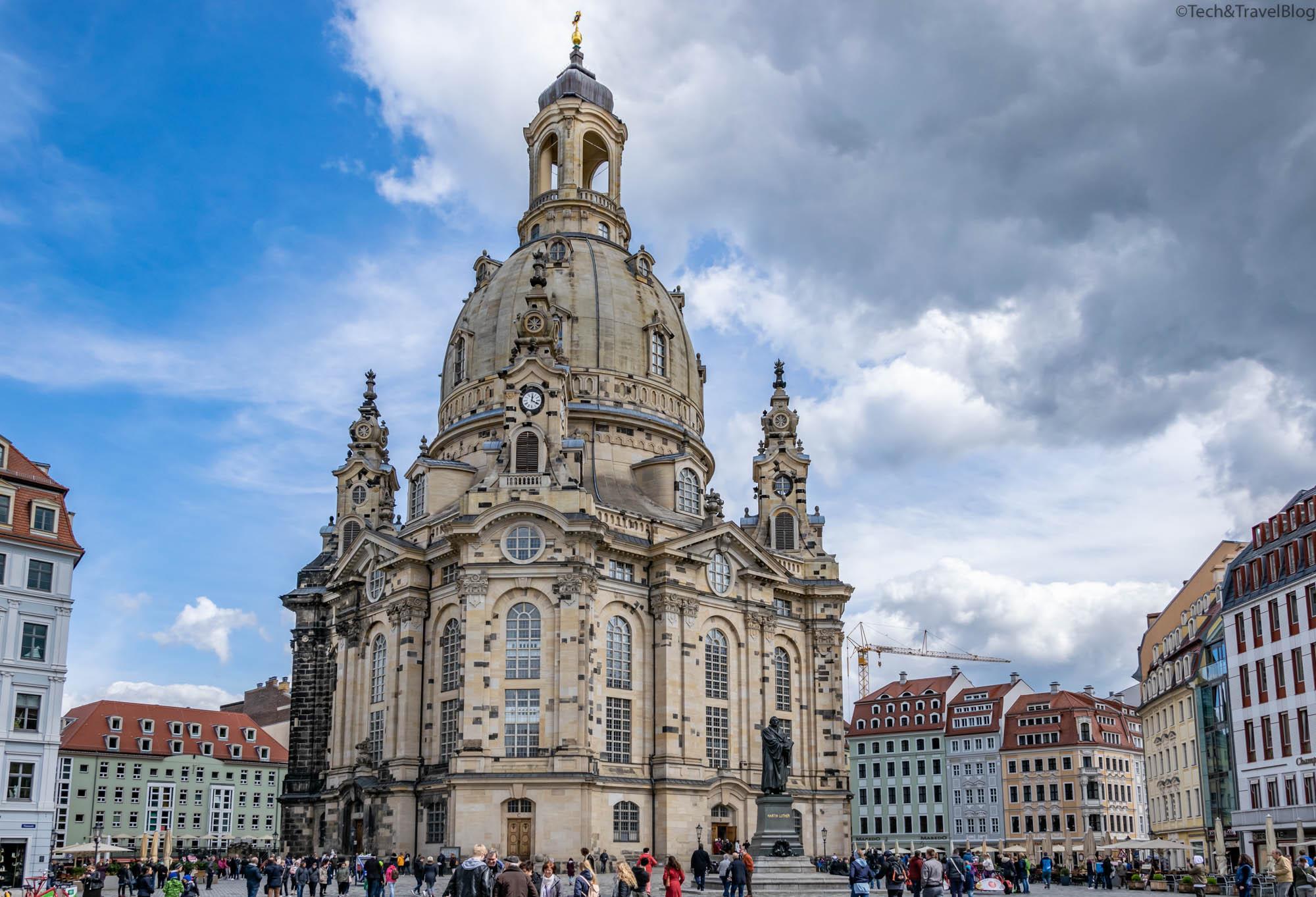
The Church of Our Lady (Frauenkirche) was completely destroyed during the war and rebuilt based on its original 1720 plans.
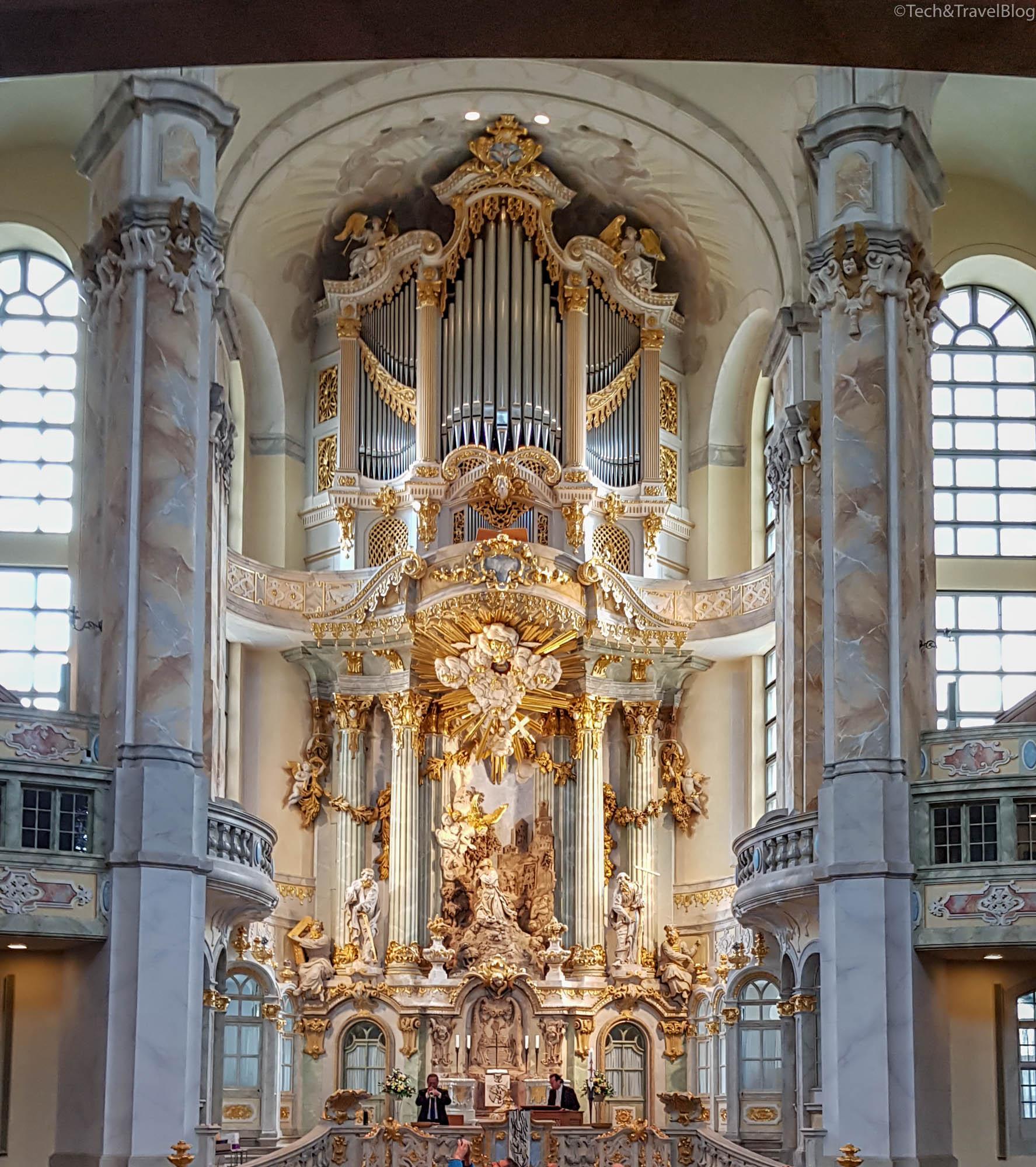
In 1990, the reconstruction began, with around 4000 original stones from the original church being used. In 2005 it was reopened and became a popular attraction in Dresden, in 2009 it was visited by Barack Obama.
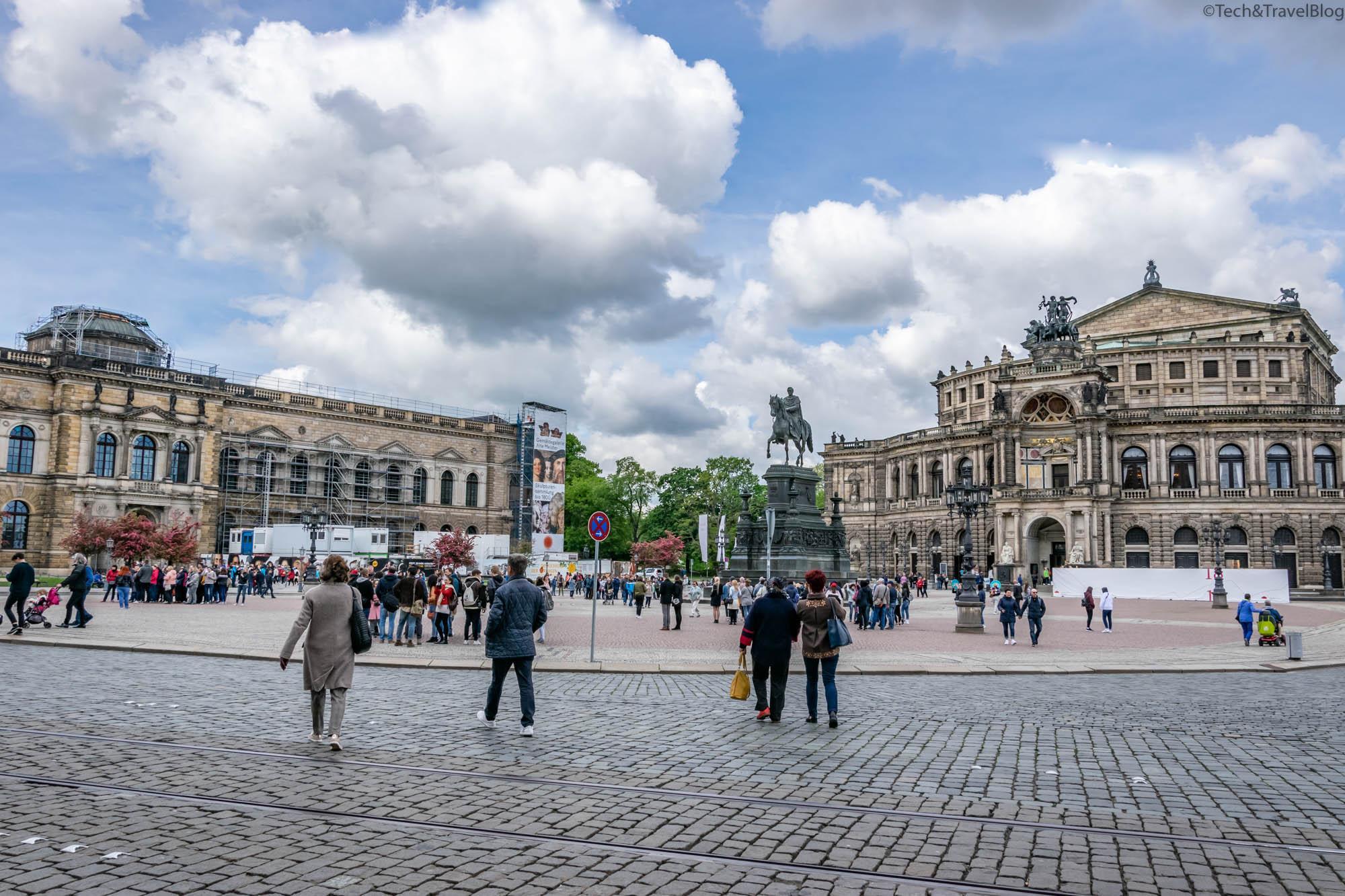
Like the Frauenkirche, the Semperoper (Opera) and the Theaterplatz (Theatre Square) were decommissioned in 1945.

Named after the architect who designed it, Gottfried Semper, the Dresden Opera House is one of the most respected performance venues in the world. This is the second opera house erected on the same location, after the first one burned down in 1869. The neo-baroque hall was destroyed during the war and reopened in the mid-1980s. On the facade of the building are statues of Goethe, Schiller, Shakespeare, Sophocles, Euripides and Molière.

The Zwinger Palace is one of the most impressive edifices in Germany built in the 18th century in the Baroque style.

Apart from the impressive architecture, the Zwinger is home to several of Dresden‘s state art collections. These include the Dresden Porcelain Collection, scientific instruments in the Royal Cabinet of Mathematical and Physical Instruments and the Gallery of Old Pictures. The latter display paintings from the 15th-18th centuries, including Italian Renaissance and Baroque masterpieces.

The Residenzschloss is a Renaissance palace, the former residence of the kings of Saxony between the 16th and 19th centuries. Like the Zwinger, the palace is now a museum complex for the various state collections. Among the most important are the Ottoman art collection, the royal treasure rooms, the armor and weapons collection, the collection of sketches and drawings by great artists such as Goya, Michelangelo or Rembrandt and the coin collection composed of more than 300,000 pieces gathered from all over the world, from antiquity to the present.

The Museum of Military History presents German military history in chronological order over five floors.

With its 20,000 m² of indoor and outdoor exhibitions and a stock of 1.2 million exhibits, the Museum of Military History is the largest museum in Dresden.

The Transport Museum houses an impressive collection of vehicles in its 5,000 m², from steam trains to aircraft, ships and motorcycles. Other exhibits detail the evolution of road transport from before the invention of motorized vehicles to the present day, and a third traces the development of railways.
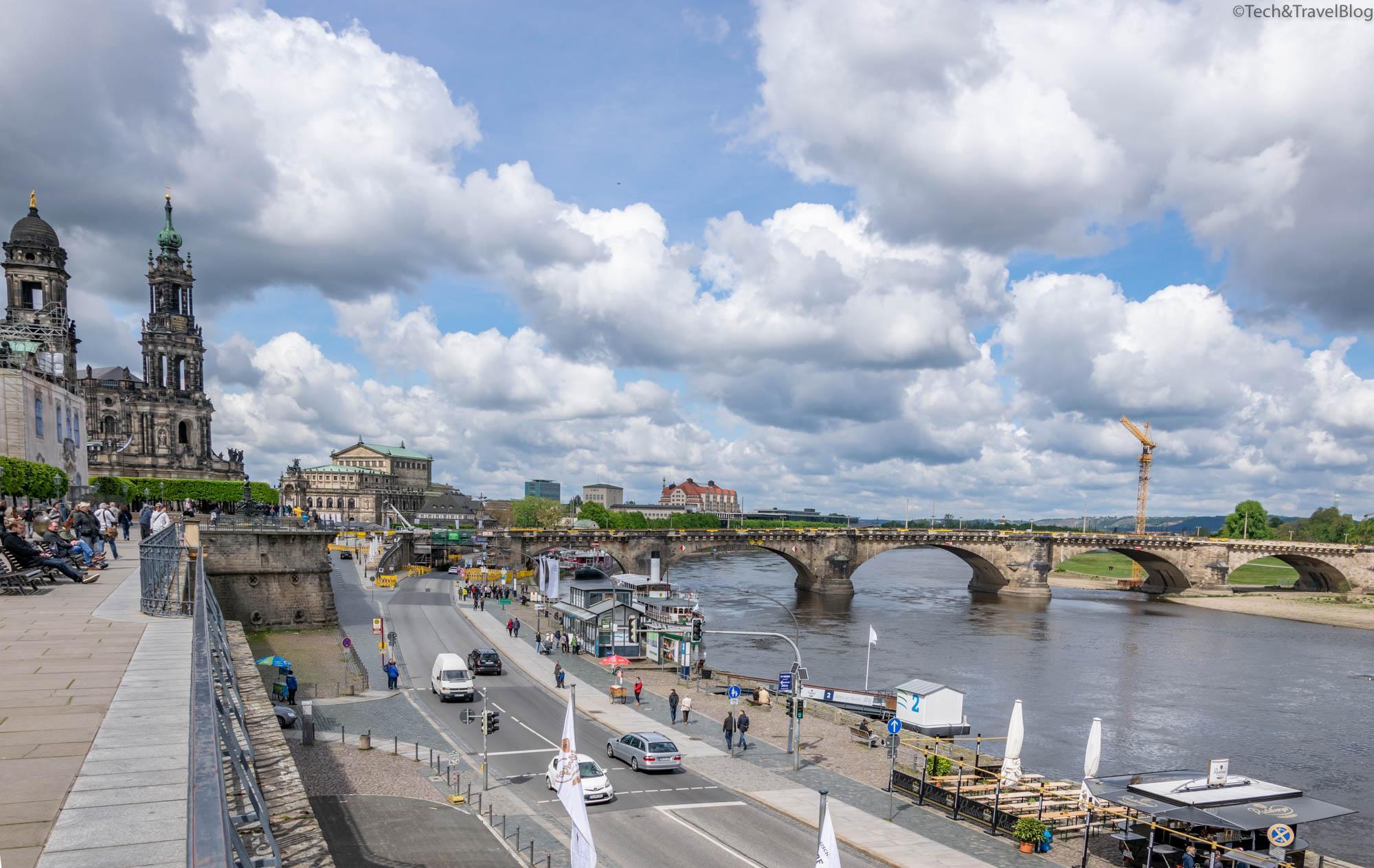
Located on the banks of the Elbe and known as the “Balcony of Europe“, the Brühl Terrace or Brühlsche Terrasse was built in 1738 as a private garden, then opened to the general public in 1814. Today it is one of the favorite places for both locals and of visitors.

Museum of Communism/GDR World. Communism ruled the former German Democratic Republic for five decades, and its legacy continues to affect politics and culture.

Visitors to the “Die Welt der DDR” museum do not need to have experienced communism in real life to “enjoy” an interesting journey through the everyday life of Germany between 1945 and 1989.

In the Neustädter Mark (in the newest quarter of the city) is the statue of Augustus the Strong wearing Roman armor and seated on a horse. Made in 1736, the statue is also known as the “Golden Horseman“, being one of the most popular landmarks of the city. Augustus was the Elector of Saxony at the beginning of the 18th century, and he made Dresden an arts metropolis of European rank. The sumptuous baroque edifices in and around the city stand as testimony even today.

The Baroque-style Katholische Hofkirche (Roman Catholic Cathedral) is the largest church in Saxony.

The church was bombed several times during the war, with some exterior walls being completely destroyed and the roof and vault collapsing inside the building. Meanwhile, the cathedral has been restored and can be visited with free entry.

Regardless of the season, Dresden attracts tourists from all over the world every year due to its authentic charm and cultural heritage. If you end up in Saxony, don’t hesitate to visit Dresden as well.
If you liked our article, read about the last destinations we visited by clicking here.
(Dresden – May 2019)








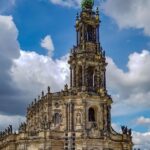



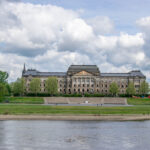

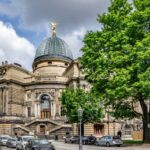
















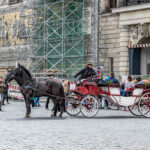

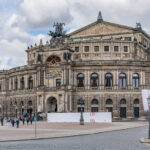




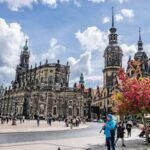







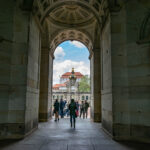




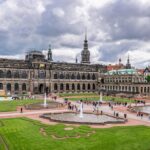










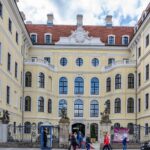



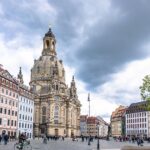










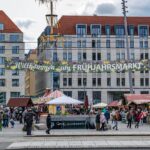
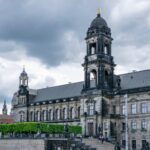


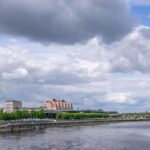



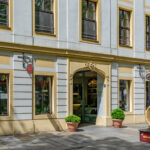









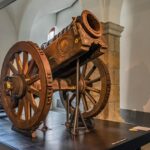
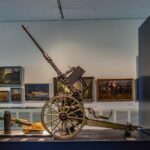

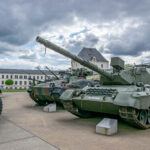








Leave a Reply